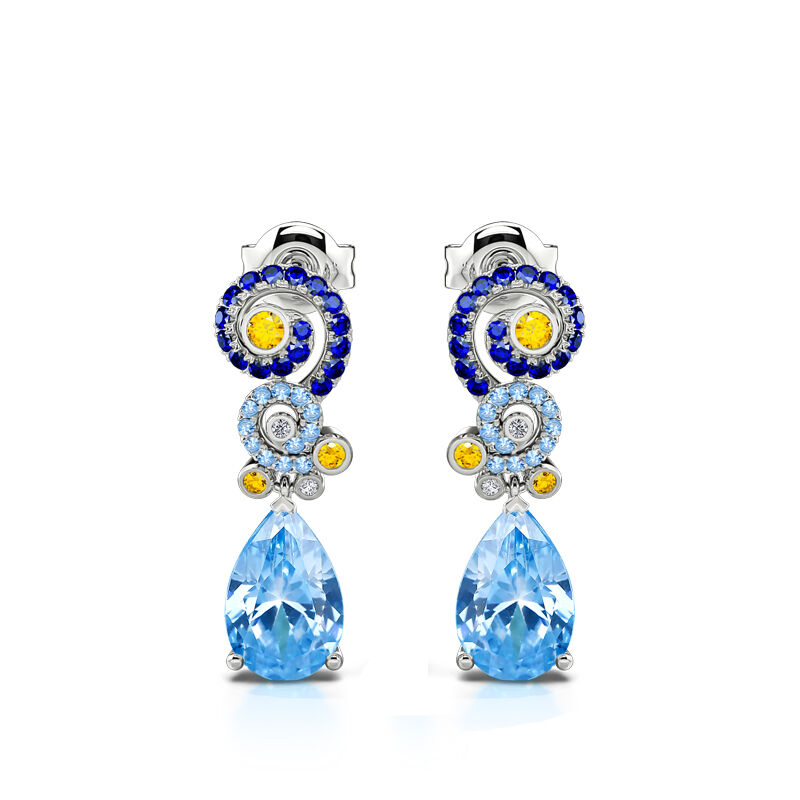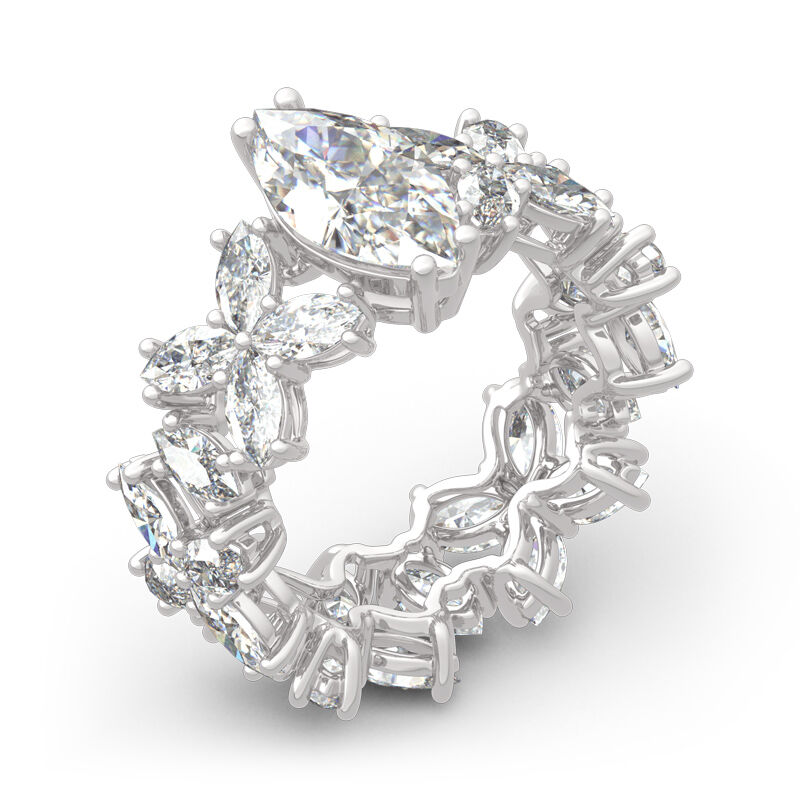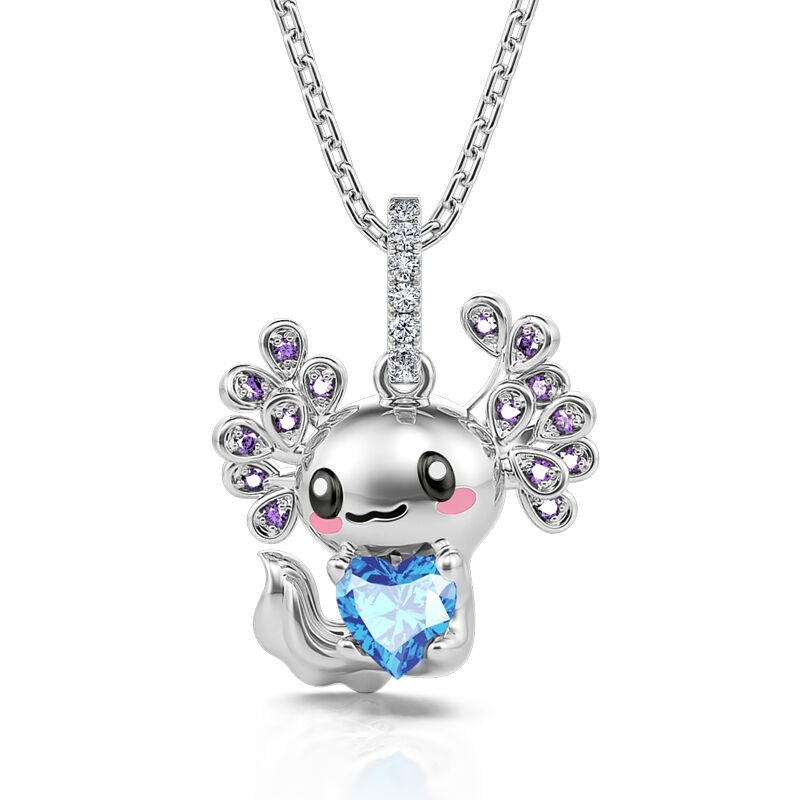Art Deco comes from the confidence of industrial development.

In 1925, the World Art Deco and Industrial Exhibition in Paris, France brought this artistic style to the public, which deeply influenced fields such as architecture and painting. Jewelry also began to pay attention to this avant-garde artistic style.

There are many misunderstandings in the public understanding of Art Deco. Firstly, Art Deco does not reject nature, but instead chooses more lines from nature and seeks patterns from vines and animals, which is commonly referred to as organic lines in the design industry. Secondly, Art Deco is not simply a European element. In the later stages of its development, jewelry designers also began to seek inspiration from ancient cultures such as Asia, Egypt, and the Maya.
The distinctive feature of Art Deco is the extensive use of shark patterns, zebra patterns, zigzag patterns, staircase patterns, bold and curved curves, radial patterns, and more to decorate, making it a movement and style in modern art and design.
If you ask what style has lasted for nearly a century but still maintains Fashion? Art Deco can be considered one of them, as it once again stands at the forefront of trends when the popularity of various styles is exhausted.

This style was popular in the 1920s and 1930s, whether it was during its heyday or now with the resurgence of retro trends, Art Deco is beloved by its supporters as a synonym for “modern”.
Tiffany specially designed and created The Great Gatsby collection of jewelry and accessories for the movie “The Great Gatsby”, which truly restores the fashion and luxury atmosphere of the era. Daisy patterned hand ornaments, with the coexistence of lace and metal, are crafted with exquisite craftsmanship to create a lace like softness, giving people a dreamlike luxury beauty;
The infinite charm of Art Deco – in an era of the rise of modern industry and the preservation of classical life, it echoes the attitude of the new rich class towards life, and the vigorous pursuit of decorative elements. In the ever-changing process of the times, new breakthroughs continue to emerge, while retaining historical memories, meeting people’s spiritual demands for the integration of classical and modern.
More Post:
